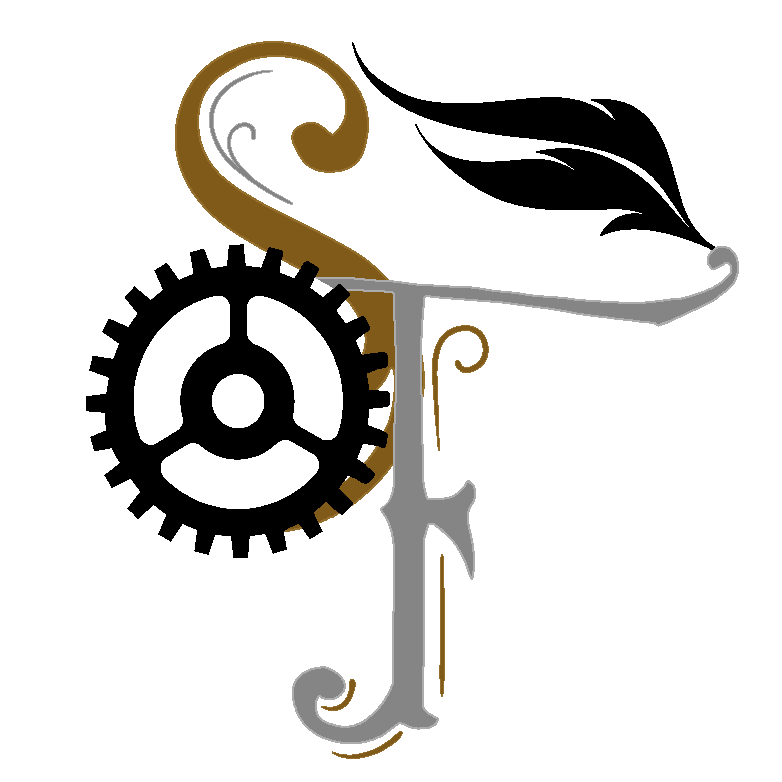Sentinels Of The Multiverse: How would ST Forge run it?
Rob Wieland is back to talk about one of his favorite co-op games ever and what playing can teach storytellers in any genre about how to run big, brutal boss battles.
Anyone Can Wear The Mask
You see the term “superhero fatigue” kicked around a lot in the media these days. Marvel has lost its bulletproof luster, DC never quite got off the ground and people are just sick of the genre. I don’t think that’s necessarily the case. I might not be lining up for every Marvel movie or TV show but I still enjoy the genre, whether comics like Astro City, TV shows like The Boys or movies like The Marvels. My favorite co-operative game of all time also happens to be a superhero game.
Sentinels of the Multiverse first came out in 2011. Each player selects a deck of cards that represents a particular hero. Then the players choose the big bad buy they’ve come together to fight and the environment where the big throwdown is happening. The player turns are sandwiched in between the villain’s turn who usually damages the heroes in some way and the environment which can sometimes be good for the heroes, good for the villain or bad for everyone. Whichever side reduces the other to zero points first wins.
The original game was successful enough to spawn several expansions and even a big event comic style crossover at the end of the original cycle. There’s also an excellent adaptation for mobile and PC games that is a great way to learn how to play different characters and find teams that work well together. A new edition came out in 2022 that tweaked some decks and updated the artwork to reflect the different era each hero was from. Anyone who enjoys superhero lore should check out the company’s podcasts which digs into the fake comic company that created all these characters.
We’re In This Together Now
This game was the first game that got me hooked on cooperative board games and remains a favorite. My dark secret as a game designer is that I’m actually terrible at competitive games. I much prefer games where everyone at the table has a good time. I think that’s why I enjoy role playing games so much.
If you want to know what system I’d use to run this, the answer is the one they’ve already created! Sentinels Comics RPG is a spiritual successor to my favorite comic RPG, Marvel Heroic Roleplaying. It focuses on the fiction of comic books rather than trying to fit characters into realistic power bands or justify why someone as powerful as Thor can be on the same team with a human like Black Widow and they somehow both get time to shine. It focuses less on whether or not a hero will succeed but what twists or consequences might come out of the action. Superman rarely misses a punch on a killer robot but he might knock that robot off the roof and into another building which rains down debris on innocent people below.
Bringing Down The Boss
Whether talking about the card game or the role playing game, Sentinels of the Multiverse is a masterclass in designing a boss fight. The game does a great job in usually making the fight just desperate enough that wins feel earned. And in those cases where the bad guy wins, there’s usually something that everyone can point to afterwards that they need to handle better the next time around. Satisfying one versus many boss fights happen in fiction a lot but they can be very tricky to handle in an RPG session. The villains and the environment of Sentinels of the Multiverse can help show the way on how to be more effective in these scenes.
Villain actions tend to come in three flavors. They hit all the heroes, they hit one hero very hard or they buff themselves to extend the battle. In the card game, these actions scale with the number of heroes in the battle. That’s one of the things that makes a boss battle like this hard to do in an RPG. For every one action the boss takes, all the players get an action. That’s why many big bosses have multiple actions. The quickest way to even the playing field between a group of heroes and a single bad guy is to give them each the same number of actions per turn. Or model their actions after the ones discussed here: one that hits hard, one that’s less direct damage but a wider range and one that makes the battle harder to win, like healing or something that makes them harder to hit, like armor, or invisibility or summoning disposable minions willing to die for their master.
The environment is another key. Fifth edition often uses lair actions to reflect this but it can just as easily be something that happens once everyone has gone for the round. A dynamic battlefield gives something for players to do besides grind down a pile of hit points. They could be saving civilians, protecting team members or figuring out a way to turn a negative environmental effect into a weapon against the bad guy. Environments can also add a ticking clock element to a battle. Maybe a missed shot put a crack in the great sea dome and there are only a few rounds before the ocean rushes in and puts everyone out to sea. Combats don’t always have to only end when the bad guy goes down.
Regardless of which version you might play, these ideas will become clear after a few plays of Sentinels of the Multiverse. They’ll make your big battles more dynamic regardless of genre. And that’s a rescue anyone can use. Tell us your favorite comic book battles in the comments!
Rob Wieland is an author, game designer and professional nerd. You can find him on X and Bluesky @robowieland and on YouTube as the host of Theatre Of The Mind Players, the Actual Play show that plays everything besides Dungeons & Dragons!


